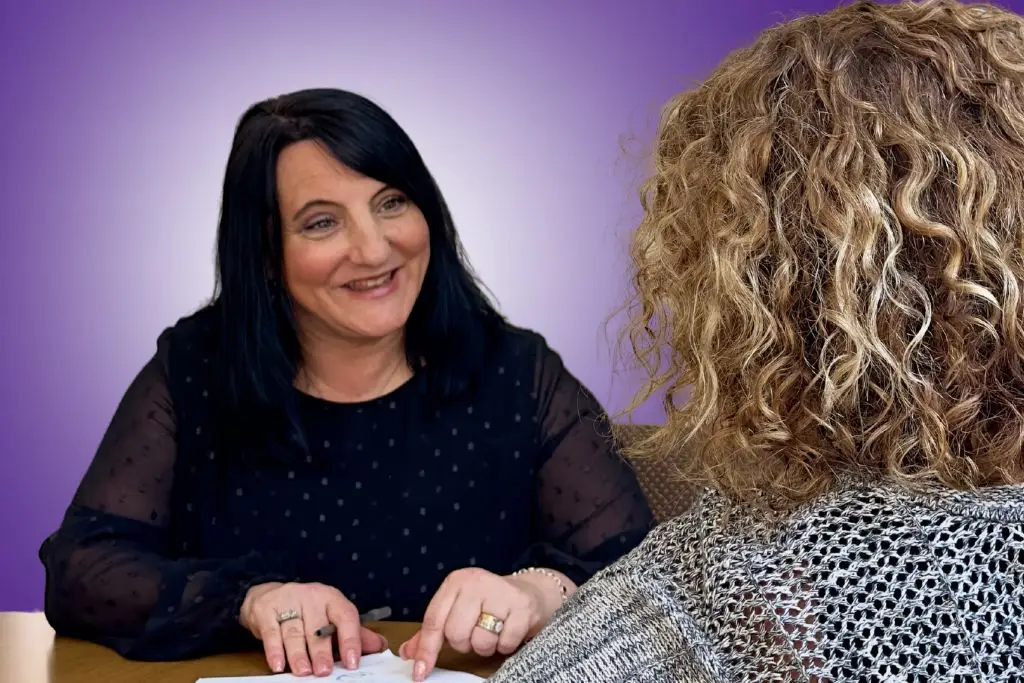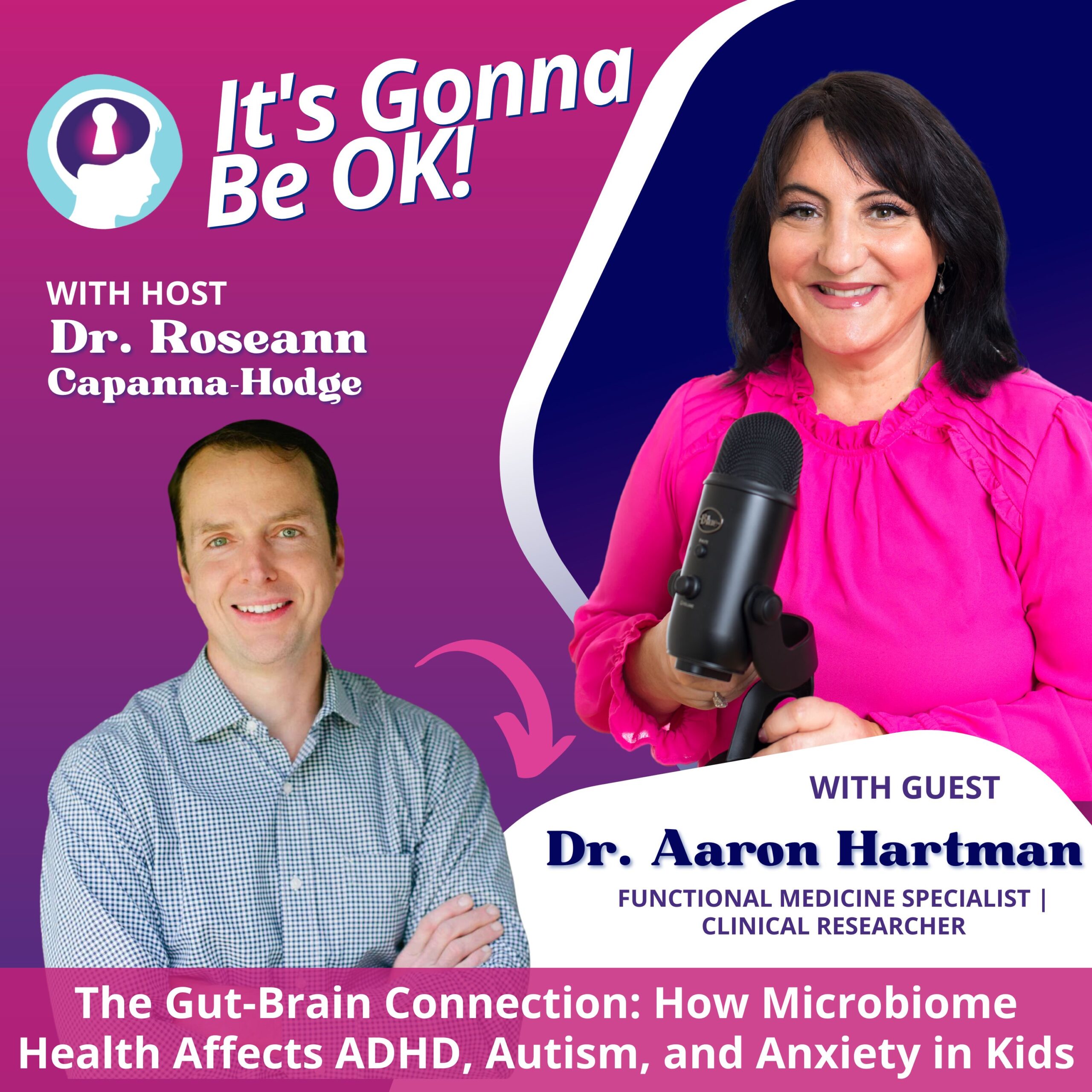There are several questions all about neurofeedback coming in from families, providers, friends, and other people. This is a good thing because people want to know more about this innovative tool that has been such a game changer in mental health.
Let’s dive into some of the general and frequently asked questions about neurofeedback!
Do I need a QEEG Brain Map?
Quantitative Electroencephalogram (QEEG) is a good diagnostic tool as it somehow answers a lot of questions. However, I work with people remotely all over the world as not everybody can fly out to me or drive to me.
Data collection is necessary, and so, we collect data from certain regions of the brain and then make statistical comparisons. Some people use different formulas considering there are all kinds of formulas available. That might not reflect everything, though.
What is neurofeedback and how does it work?
Explaining what neurofeedback is and how it works is best done through a good example. Imagine you are hooked on a computer. I now have collected data, and I know exactly what brain regions I want to change because the brain map, in particular, will show you exactly what's going on.
There's no guessing whether this is ADD, anxiety, or OCD. There are patterns, so we’re going to know. But we're not just collecting data; we're going to use the data in combination with a really deep intake.
So what will happen is there will be a protocol based on that data, and the person is hooked up. Nothing comes through the wires, and even only in just a few seconds, we're going to receive feedback when the brain produces that healthy combination. That's how quickly the brain learns to get into a healthy rhythm. That's exactly what happens with neurofeedback.
At what age can you start neurofeedback therapy?
Three and a half years old is sort of the industry standard as the youngest age that can start neurofeedback therapy. But first, you have to be evaluated.
How long are the sessions?
Sessions that last up to 20 to 30 minutes long are not good as the brain will get tired. Most people go 2 to 3 times a week. If your child is over 7 years old, he or she can easily do 20 minutes like most kids. But if you're a kid on the spectrum, it might need to be 8 to 10 minutes, which is sort of the bare minimum.
Is intensive neurofeedback better than two or three times a week?
Some people can tolerate going every day, but it is your provider who will be the one to determine that. Patients are carefully screened beforehand.
Certainly, you must go at least twice a week. Otherwise, you're wasting your time since it's not enough reinforcement. We could liken this to working out. There should be repetitive acts to build the muscle to get the brain to decide that it’s not going to stay in an unfocused or anxious brainwave. This is how you regulate the brain. And although it’s going to take some effort and time, it’s important, and it’s going to be worth it.
Research studies this year are saying that intensive neurofeedback is a little more efficacious. But then again, not every brain can do it. It’s still a case-to-case basis, especially when there are people coming in with Bartonella or an active flare with parasites and mold and others. Sometimes, they're in full inflammation, and sometimes, as conservative as possible.
How effective is neurofeedback?
Neurofeedback is a powerful tool, but its efficacy may vary depending on different factors and circumstances. One of the determining factors in the efficacy of neurofeedback is the skill set of the practitioner.
Know where and what to look for in a good neurofeedback provider because it’s important that you have people with experience in your area. If you're coming in for chronic pain, don't go to somebody who doesn't have experience with chronic pain.
Do you want to go to a brain surgeon who just got out of school, or do you want to go to a brain surgeon who's done thousands of brain surgeries? Surely, going to the one who's done thousands of operations is the better option.
Let’s not gamble on those kinds of things, as we have the power to help our children. Some parents rely so much on neurofeedback that they want to see it work on its own. But that’s not how it works. That's why we do a wraparound program.
We know what works. The research is really clear about what changes the brain. It's pretty straightforward. Yet, we're still doing Russian roulette with medications that are off-label.
In fact, 70% of medications for children are used off-label, and that's definitely not acceptable. Neurofeedback is efficacious and it will work, but you need to do two to three sessions a week. You need to be consistent. Make some lifestyle changes. Change those behaviors. Otherwise, it's not going to create that kind of shift that you really need to happen.
What kind of equipment are you using?
People talk about equipment for neurofeedback as if it determines the efficacy of the treatment. But no, it's not the equipment. That's all FDA approved. Rather, it's the provider that makes the difference.
There are pieces of equipment that are better for certain conditions. There are some that work with complex and layered cases and some that don’t. It’s important that you go to the specialist in your area, and the good thing about this is most providers already have virtual equipment.
It’s not neurofeedback alone that is the only tool.
Neurofeedback alone is not going to create the lasting change that you want. It has to be coupled with lifestyle changes that you’re willing to make. Calm the brain. Regulate those brainwaves. Manage your stress. Make healthier lifestyle changes.
And although neurofeedback is an amazing tool, it’s not the only tool. Use it with other resources and other brain-based tools like PMF and biofeedback. For example, in dealing with complex cases, we use EEG because we need a higher level of control.
We need to make sure that the brain is going to change and not destabilize. That's why it’s a must to find a highly experienced provider, particularly with these complex brains with infectious diseases.
You can reach us through our website if you have any other inquiries and we'd be happy to answer them for you.
No matter where you are in your journey, we have resources to help you!
Is It ADHD Or Something Else?
If your child is struggling in ways that make you wonder if they have ADHD, I've developed a quiz to tell you if your child has ADHD, or if it's something else that should be on your radar. It's FREE to take the quiz, and you can get your results immediately.
➡️ “Is it ADHD or something else?” Take the quiz.
➡️ Join our FREE Natural Parenting Community to receive science-backed resources for your child and family. Join here.
➡️ Get help from Dr. Roseann and her team. Apply here.












